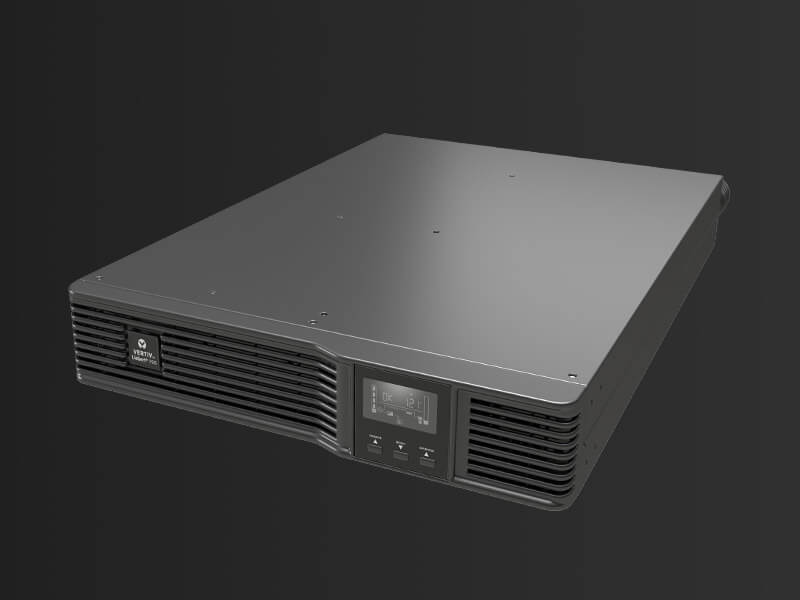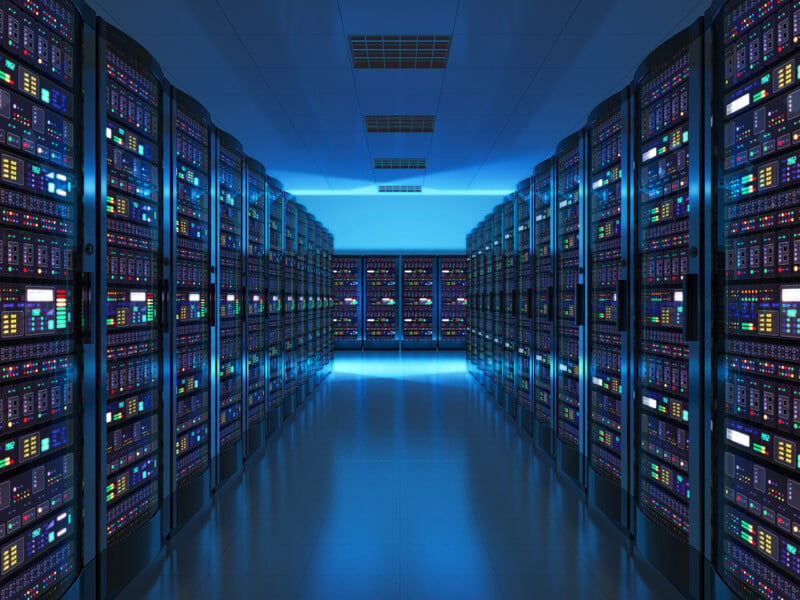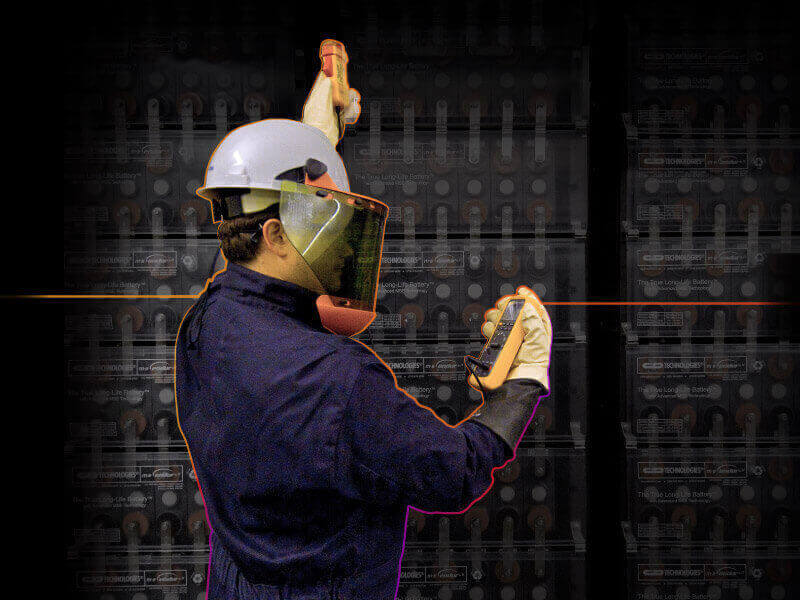Given the changes brought on by the impact of the pandemic, hybrid IT has become the talk of the street. Business agility and flexibility are the new craze, but more importantly a vital trend to get ourselves back to reality.
Regardless of how grounded a business was pre-pandemic, hybrid cloud is offering a safe place to land in the throes of business continuity. According to IDC, more than 90 per cent of organisations worldwide will rely on a combination of data centres, private clouds or public clouds to run their businesses.
Energy the essence of our new reality
So, with more reliance on cloud technologies and edge computing, it’s safe to say this year has highlighted the sheer importance of data centre capacity. You see, everything you do in ‘the cloud’ relies on a vast, energy-intensive, on-the-ground datacentre.
According to the International Energy Agency, data centre power consumption has flatlined in the three years prior to the pandemic. In this time, we estimate datacentres were using up to five per cent of our total energy use.
This means the datacentre industry has remained a significant consumer of energy, and with the pandemic upping the volume of travelling data, we estimate total energy consumption will climb much higher as organisations continue to invest in hybrid IT and workforces and experiences become increasingly virtualised.
As a result, data centre sustainability is high on the agenda. But data centres aren’t – or at least don’t need to be – a threat to the movement of sustainability. The technical real estate may present an opportunity to accelerate this transition and help businesses lower their carbon footprint.
According to Vertiv’s 2019 datacentre survey, professionals predict that by 2025, 13 per cent of data centre’s will be powered by solar energy, and eight per cent by wind. In fact, some companies have already begun to explore renewable energy alternatives that can match up to these energy-consuming giants.
Google, for example, has been at the forefront of renewable energy initiatives. Its hyper-scale data centre uses wind and solar energy by engaging in Power Purchase Agreements (PPA), fuelling more than 35 per cent of its operations. This approach encourages the utility providers to manage and develop their own reliable renewable sources.
So what lessons can Australia’s and even Asia’s positively bustling data centre industry take from these developments? The reality is renewable options will struggle to address 100 per cent of an enterprise’s data centre needs. In the industry, renewables are often coined as ‘unreliables’, because of their intermittent nature – when these resources aren’t generating, electricity must be sourced from other means to avoid downtime.
According to 33 per cent of surveyed datacentre operators and IT professionals, one of the top three causes of data centre downtime is power outages. This makes it extremely tough to solely rely on renewables, such as solar, hydro or wind.
And so, just as the cloud technology is moving to a hybrid model, the power behind it should too.
Hybrid power can feed renewable energy into the grid, supplementing the plant’s carbon footprint and taking pressure off data centres’ increasing foothold on the grid. This method considers the critical nature of data centres working alongside the efficiencies of renewable energy.
Reductions in energy use and cost will vary depending on how much renewable energy is used. Typically speaking, whether it’s an enterprise, hyperscale or colocation data centre, hybrid power can supplement efficiencies of up to 200 kilowatts per hour.
The challenges of ageing data centres are pushing the rise in colocation development. But the key is to build energy efficiency into infrastructure design. According to the Energy Council Australia, intelligent data centres can reduce energy consumption by about 80 per cent.
This kind of innovation will also lower operating costs for data centre providers, increasing value for the entire ecosystem. The economies of scale in a large data centre mean that even though they are massive consumers, they’re still about as efficient as it gets in the world of IT infrastructure, the bedrock to all things technology. Hybrid power would simply build on that further.
But hybrid powered doesn’t need to be limited to large-scale metro data centres – increasingly, businesses are relying on smaller data centres located closer to their operations. These remote data centres can also be fitted with renewables and create further value through lower operational costs.
Even without taking into account the impacts of a global health crisis on digital consumption, IT professionals and datacentre operators have had to adapt to the growth in digital reliance and how that effects energy efficiency every year. Hybrid power offers a valuable solution. Now more than ever, we need to refocus our energies into giving renewables a leg-up in the datacentre industry.
This article originally appeared in Intelligent CIO APAC and Intelligent Data Centres.






